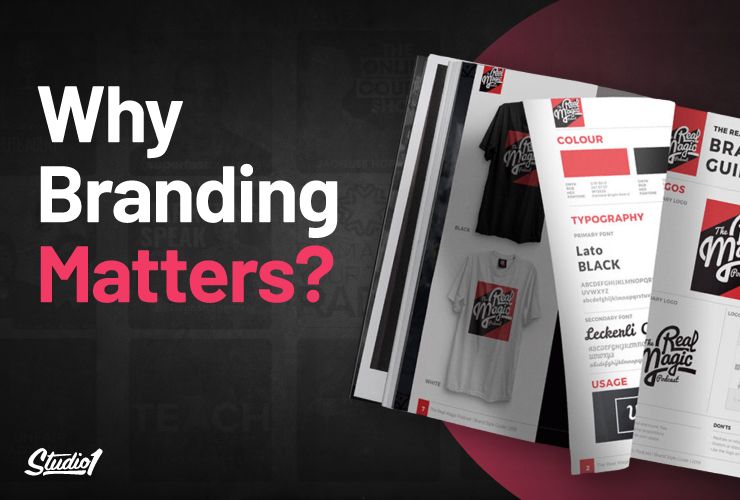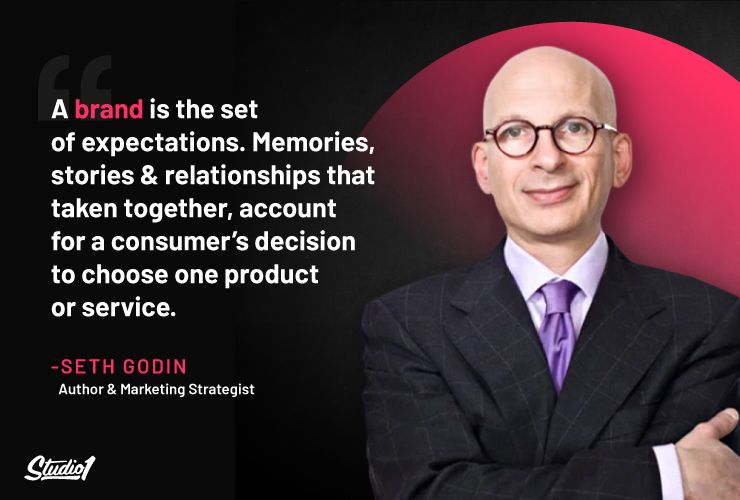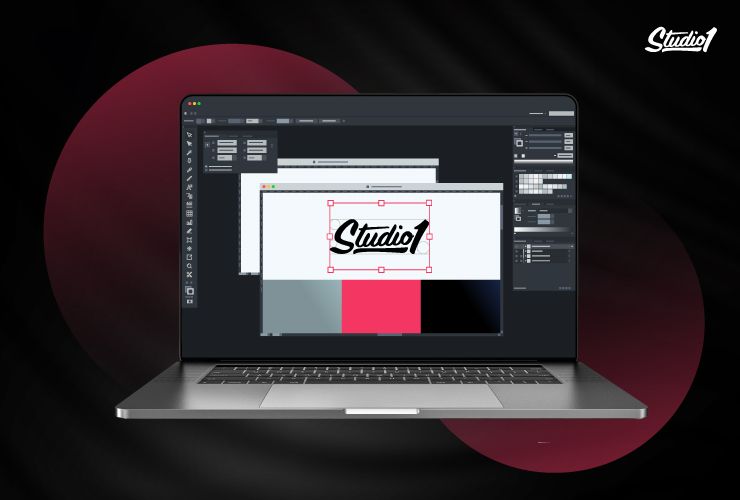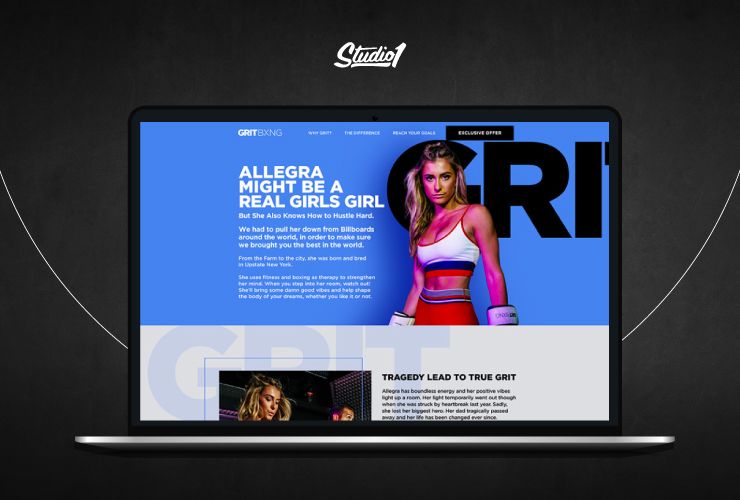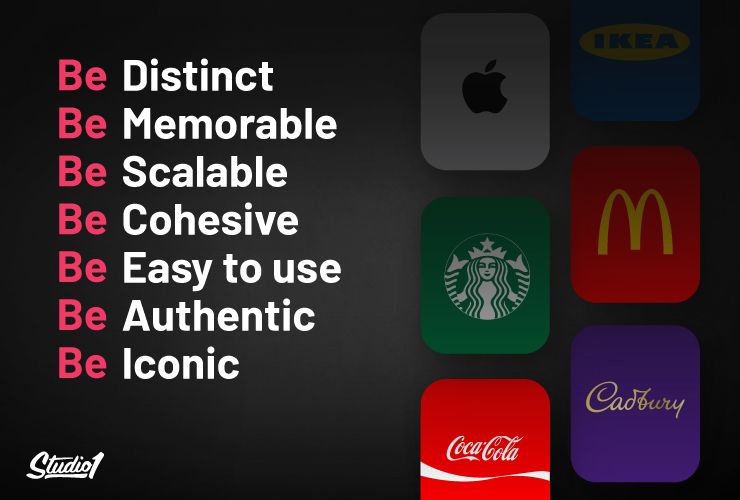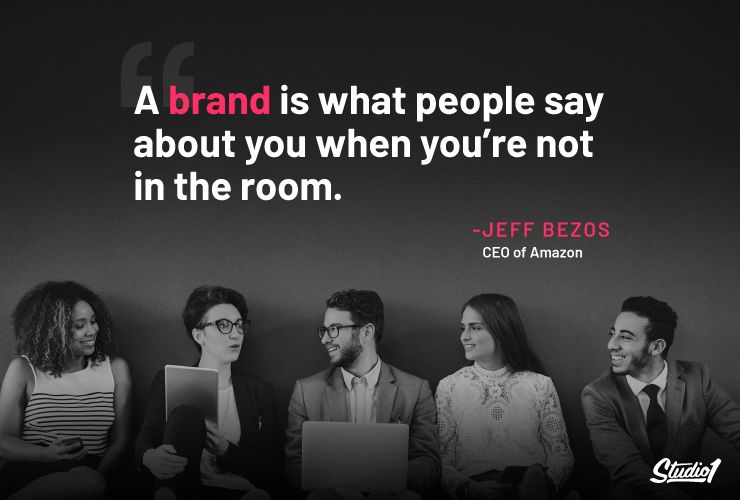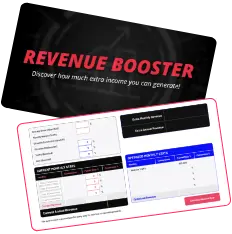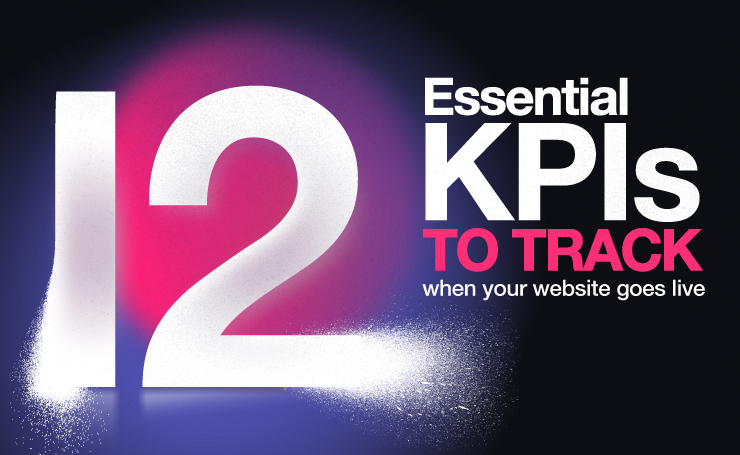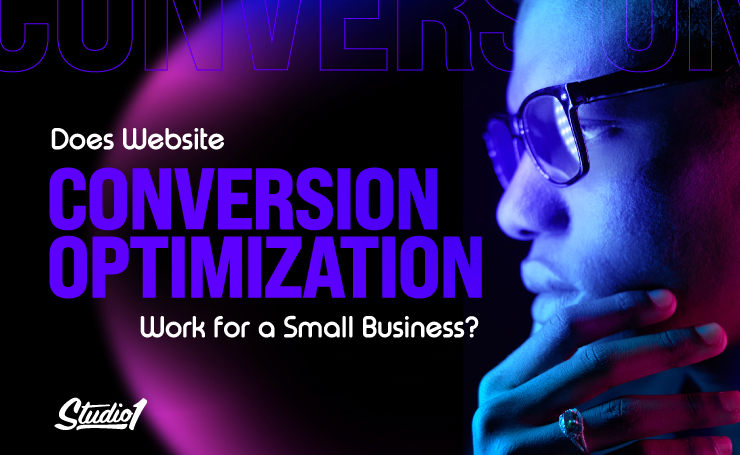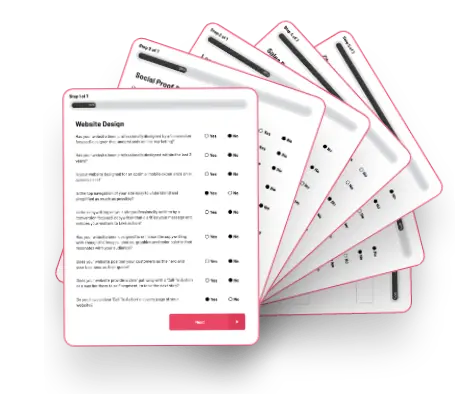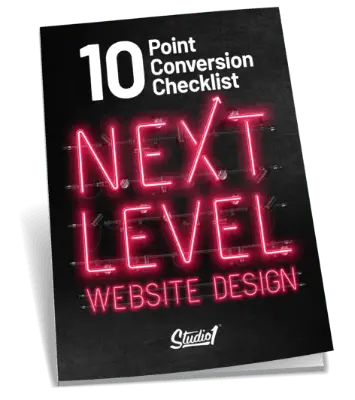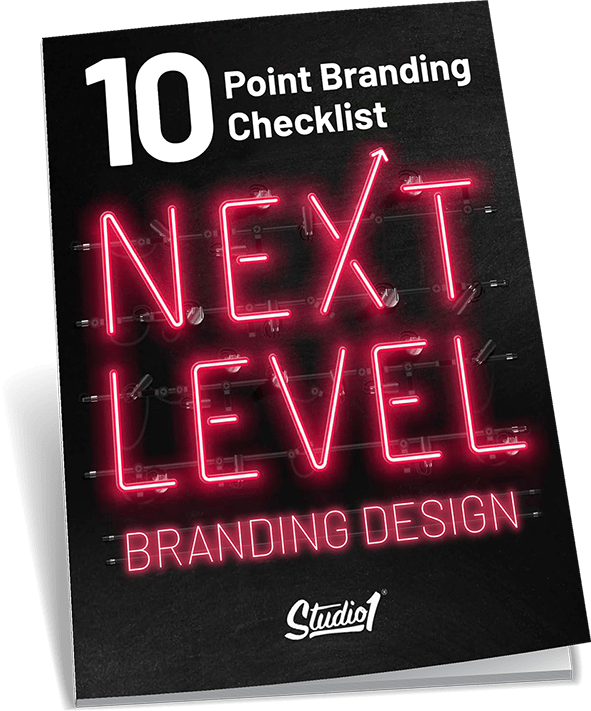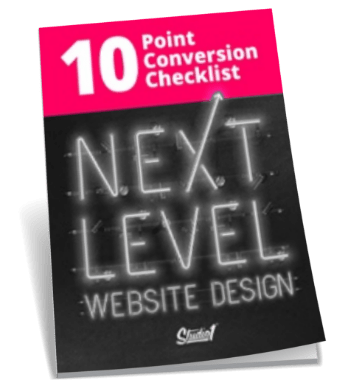What is branding?
Your brand is much more than a cool logo, it’s how other people perceive your business.
Your brand is a cohesive combination of design, language, storytelling, and experience. Together they combine to evoke a feeling – “the vibe” – with your target audience, to influence them to engage with your brand and ultimately buy from you. Whether you’ve thought about it or not, you have a brand.
A strong brand is a congruent tone of voice, design, strategy, people, environments, touchpoints, a ‘call to action’, and customer care.
Your brand is your promise to solve a problem so always remember to:
• Be consistent
• Be cohesive
• Have clarity
Why should you care about branding?
With millions of businesses trying to get noticed online and offline, having a strong brand has become crucial to differentiate your business from your competitors.
With this increased competition, products and services can often have limited life cycles, however, brands can last for a very long time. Your brand can pivot to meet the market if managed and designed with longevity in mind.
There is no point in having a great product or service if your visual communication fails to connect your visitor with your messaging. Branding is the key tool for connecting all your communication touchpoints and clarifying your offers.
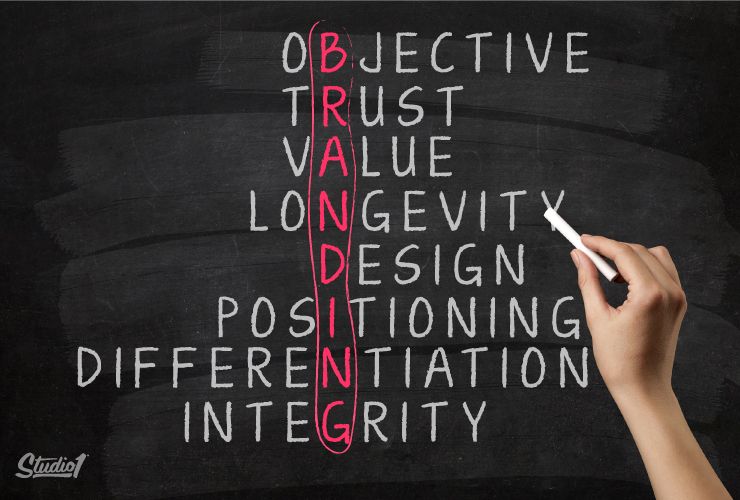
Why is branding important for your business?
Many new businesses go to market with an idea, not with a brand.
The idea can be challenging to explain to others. You may think everyone should understand it as you do, but often they don’t, so branding is critical for communicating and connecting your idea with your audience.
When branding is done well, it can…
• Help you stand out from your competition
• Increase the perceived value of your offer
• Connect with your prospects emotionally
• Boost credibility and trust levels
• Have your business be: first in mind
• Motivate customers to buy
• Cement customer loyalty and retention
What is ‘brand identity’?
Just like your personality makes you unique, your brand identity is the unique tangible personality of your business that sets you apart from your competition.
The appearance of your business matters – brand identity is the visual impression you leave with your customers every time they interact with your brand online or offline.
Visual brand identity is the unified visual design message or visual vocabulary of your brand that needs to communicate effortlessly across all your marketing touchpoints including your logo, color palette, typography, imagery, packaging, website, social media, and all other visual elements in your business.
These visual cues are designed to communicate your brand’s values and they can subconsciously affect how your customers view your business from your relevance to your perceived value and your trustworthiness.
How do you create your brand’s visual identity?
Research and strategy come first, then the design phase comes next, so you need to be clear about your brand’s voice and mission before you create your brand’s visual identity. We start by creating the brand direction with a mood board. A Mood Board is where the true magic happens.
The strategy phase doesn’t need to be a drawn-out process. Some of the bigger agencies want you to believe it is so they can justify their high price tag to produce a ‘brand strategy document. In my opinion, many brand strategy documents are overpriced, overworked multi-page documents that are full of buzzwords, fluffy wanker branding jargon, and stuff that you do NOT need in a small business!
What does your designer need to know…
All your designer needs to know before they can create the visuals of your brand identity, is the following foundational questions, plus a few others, however, these are the main questions:
- Describe what your business does and what is the purpose of your brand.
- What problem does your brand solve?
- Who are you targeting with your brand? (Age, Gender, Profession, Geographic location, Socioeconomic status, Frustrations, etc.)
- Describe your brand values and what your brand should represent. (Provide 3-5 words for how you want to be remembered.)
- Describe the feeling you want to evoke from your target market with your brand.
- Describe your objectives for your brand.
- Where do you see your brand 5 years from now?
Answer those questions and your designer should be ready to bring your brand identity to life and translate who you are as a brand into a series of design assets you can use across your products/services and marketing material.
Engage a design team that has a proven track record and can get to the heart of your brand quickly. The right team will create unique visual design solutions that align with your brand’s values, reflect your brand’s mission, and appeal to your target market.
All of the key branding design elements can eventually take the form of a brand style guide. This is a tangible document that will help unify your message on and offline. We will explore this in detail in our next blog post on this 3-part branding series =)
What makes a successful visual brand identity?
A simple logo alone does not make for a strong brand identity. Your brand’s identity needs to be a series of thoughtfully researched and designed elements that are designed with purpose with the following in mind;
• Be Distinct: Designs that stand out among competitors.
• Be Memorable: Designs with strong visual impact.
• Be Scalable and flexible: Designs that can grow and evolve with the brand.
• Be Cohesive: Design assets that complement each other and are consistent.
• Be Easy to apply: Designs that are clear and easy to use across all marketing touchpoints.
• Be Authentic: Designs that tell your story and aren’t forced.
• Be Iconic: Create designs that can stand the test of time but can also evolve.
Tips to avoid with your branding:
• Don’t give your customers mixed messages with too many design elements that conflict.
• Don’t use too many colors and don’t change colors across different touchpoints.
• Don’t copy your competitors’ aesthetics! Be original.
• Don’t lose consistency between online and offline. Send the same visual message at every touchpoint.
Cheap branding could cost you sales and here’s why…
First impressions matter a lot! You never get a second chance at a first impression!
When people visit your website, they will judge you on how your brand looks and feels. Having an amateur-looking brand could make them think that your business is only as good as the way your brand looks, so you could be leaving sales on the table if you don’t have the right look.
Design matters in everything we do and great design add value. Design thinking is becoming a major competitive advantage. It’s the one tangible controllable area that can set you apart from your competition. Since design is the first thing people notice online and offline you can’t afford to cut corners.
Great design doesn’t happen in a moment, it’s a process that involves detailed research and constantly evolves, so hire a design professional who has a proven track record and only hire them if you like their folio. If their folio sucks, then there’s a good chance what they create for you will also suck.
Summary:
Look at branding as an investment in your business, especially when you’re established and making a profit.
A lot of businesses pivot over time, so every two years at least, you should ask yourself if your branding is still relevant and congruent with your business and brand’s values. Does it appeal to your target market today?
Killer Tip: Survey your paying customers and ask them what they think of the look of your brand and what it means to them. Then when you change the look of your brand. You can let them know that you listened to them and that influenced the new look.
To discover more about the importance of branding branding in a competitive world, we have put together this series:
To discover more about the importance of branding branding in a competitive world, we have put together this series:
A Mood Board is where the true magic happens
How to Create a Powerful Brand Identity
How to Create a Brand Style Guide
If you’re ready to take your brand to the next level, get started below…
